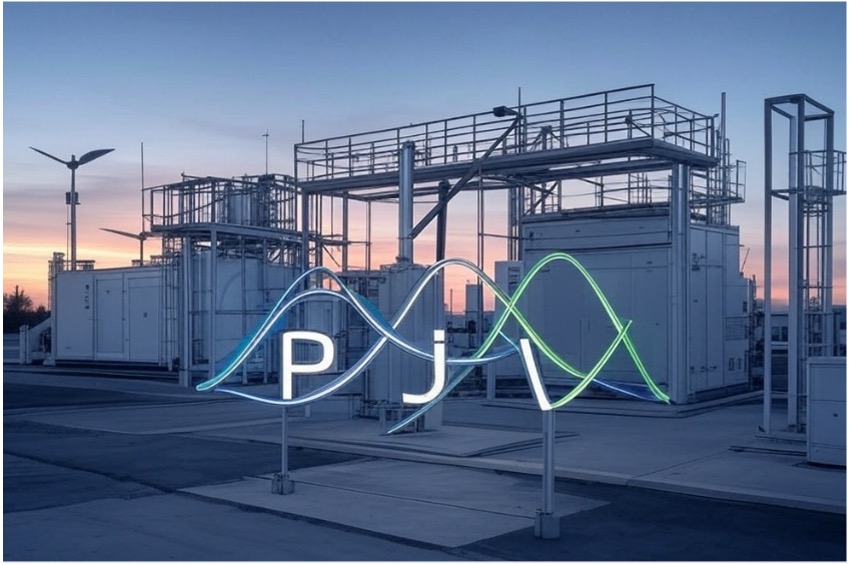As the global energy landscape shifts towards renewables, integrating solar, wind, and battery energy storage systems (BESS) into existing grids requires specialized expertise and robust interconnection procedures. PJV supports clients by designing interconnection strategies that minimize disruptions and enhance grid stability. Our approach aligns with industry-standard processes, including the Large Generator Interconnection Procedures (LGIP), which involve three critical study phases: the Feasibility Study, the System Impact Study, and the Interconnection Facilities Study. By systematically addressing these phases, we ensure that proposed renewable projects are feasible, safe, and economically viable.
PJV ensures that the essential power system analyses are thoroughly performed. PJV has the capability to carry out all necessary studies, including short circuit, steady-state power flow, N-1-1 contingency analyses, transfer limit analyses, deliverability study, and dynamic transient stability simulations, which are crucial in evaluating the impacts of integrating renewable energy sources. These comprehensive analyses enable us to understand the interactions between renewable generation and existing grid infrastructure, identifying potential risks and devising effective solutions.
In addition, we assess the impacts of renewable energy penetration on grid stability, including generation variability, voltage regulation, and frequency response. PJV’s comprehensive modeling identifies potential challenges and mitigation strategies, such as implementing advanced control systems and dynamic reactive support. Our goal is to facilitate smooth and efficient integration of renewable energy assets, ensuring that clean energy projects positively contribute to overall grid performance while meeting regulatory and technical requirements.
